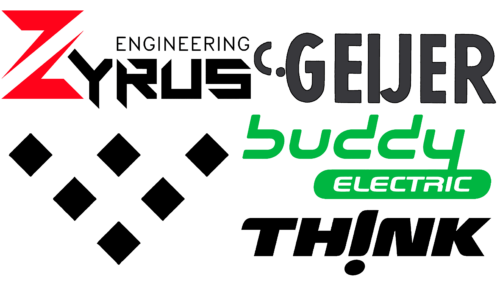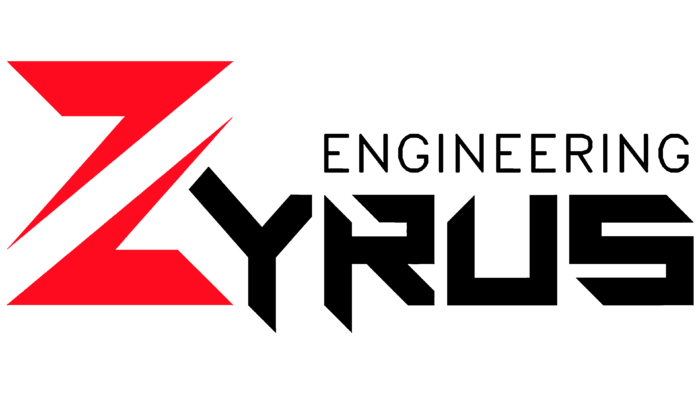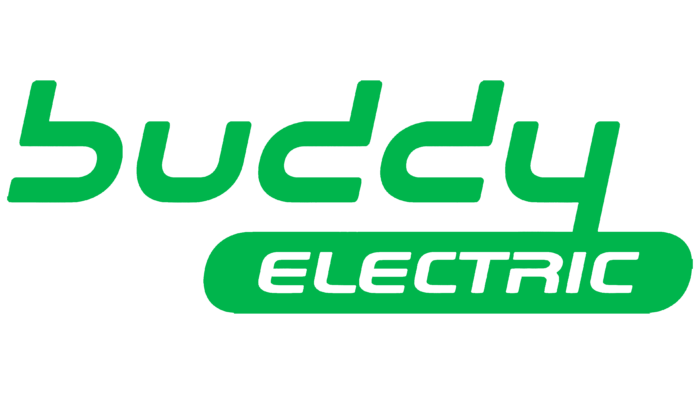Norway is a generally developed country, but its automobile industry is not outstanding. Only one Norwegian car brand is known outside this country. In addition, there are several smaller companies. We will consider them all in this article because, regardless of the size of the company, it fulfills its role in the Norwegian car industry. And therefore, it deserves to be looked at and analyzed in terms of history and visual identity.
Zyrus
Zyrus specializes in the production of supercars and sports cars. Although the company has its own designs, Zyrus car models are mostly based on Lamborghini. However, Norwegian manufacturers make their cars more powerful. In addition, it rebuilds these cars with its vision of good cars.
At the center of the logo of this car company is its name. The colors chosen for the logo are red and black. This creates an interesting visual contrast, which is further enhanced by the clear outlines of the font.
The letter “Z,” which starts the logo, is made using a very stylish technique – a diagonal break. The two elements forming the letter complement each other well, giving symmetry to this part of the logo. In short, it looks bright and recognizable, which is important for the country’s most powerful car company.
Buddy
Those who are interested in Norwegian electric car brands and their history should start studying the issue with Buddy brand. These cars saw the world in 2000. And by 2007, their share in the Norwegian segment of electric cars amounted to 20%.
If we talk about the history and origin of these cars, Buddy is the sixth generation of the famous electric car Kewet. The first Kewet was released in 1991.
Buddy is a car that combines functionality and ease of operation. The range of this car is 20-60 kilometers. The exact figure depends on the time of year, driving style, speed, and the terrain on which the driver drives – a good car for the city or the countryside.
The brand logo successfully combines green and white colors. Taking into account that electric cars are positioned as vehicles promoting respect for nature, such a color palette in the visual identity of the brand is very successful, as it reflects its values.
Pleasing to the eye, the soft outlines of the letters and the slanted font contribute to a friendly, positive perception. If you familiarize yourself with what these cars look like, this feeling will only be reinforced.
F.Y.K
This was the name of the sports car that saw the world in 2006. The car was powered by a mixture of natural gas and hydrogen. The manufacturer was a company called Aetek. This brand does not have its own logo, and it is not accidental since the development did not go into serial production. Its task was to demonstrate the manufacturer’s technology in operation. And, it must be said, the goal was achieved.
C. Geijer & Co
This company is a rather powerful and large enterprise with a solid history. It was founded back in 1869 and was intended for the production and sale of metal products. From 1923 to 1930, one of the divisions of this company produced the Geijer automobile. However, large-scale production did not take place; only 25 cars were produced. To this day, none of these cars have survived. Therefore, it is now just a part of the history of the Norwegian automobile industry. The company also produced about 300 bus bodies.
Despite the fact that cars were only a short episode in the existence of the company, it was on the market until 1989 with the status of an independent enterprise. During this period, the manufacturer began to have financial problems, and it was acquired by another company – Gunnebo.
The emblem of the company is a four-colored oval in a horizontal position. Inside, on a white background, is the name of the company, made in black letters. In a blue frame, it is partially duplicated and also indicates the location of the company’s headquarters. For this purpose, a red font was chosen.
Despite the fact that the logo uses a large number of colors, their shades are chosen successfully, so it looks restrained and, at the same time, convincing.
Think Global
This company, located in Baerum, produces electric cars. They were produced under the brand TH!NK. However, this brand no longer exists today, as the company went bankrupt in 2011. Before that, it had already experienced serious financial difficulties more than once, but the company could not survive this period. During its existence, about 2500 cars were produced.
The logo of the company is quite simple but, at the same time, catchy. It is monochrome – only one black color is used. The logo consists of a word mark that conveys the name of the company. It is made in italic font. This is a fairly common visual solution for this area, conveying the symbolism of movement.
The letter “i” is very interesting. Inverted, it forms an exclamation mark, which distinguishes the logo both visually and in the semantic context.
Fresco XL
This is the name of an 8-seat all-wheel drive sedan named after the famous futurist Jean Fresco. The name of the company Fresco Motors has the same origin. The developers of the car claim that it is capable of covering a distance of 1000 kilometers without recharging. This is quite a serious claim for an electric car.
Despite the fact that externally, the car looks like an elegant sedan, it also has some features of a minivan. So far, on their official resources, the developers share only a video clip of the car. Details about when the car will be put into production, at the moment there are no details.
The brand logo is made in a futuristic style. It is formed of 6 isosceles rectangles, which are arranged on the principle of a triangle with negative space inside. The logo looks unusual and interesting.
Summarizing the Norwegian car industry, we can say that its focus is on electric cars. Some of them have already become part of the history of automobile production in this country, and the latest sample is only planned for release.








